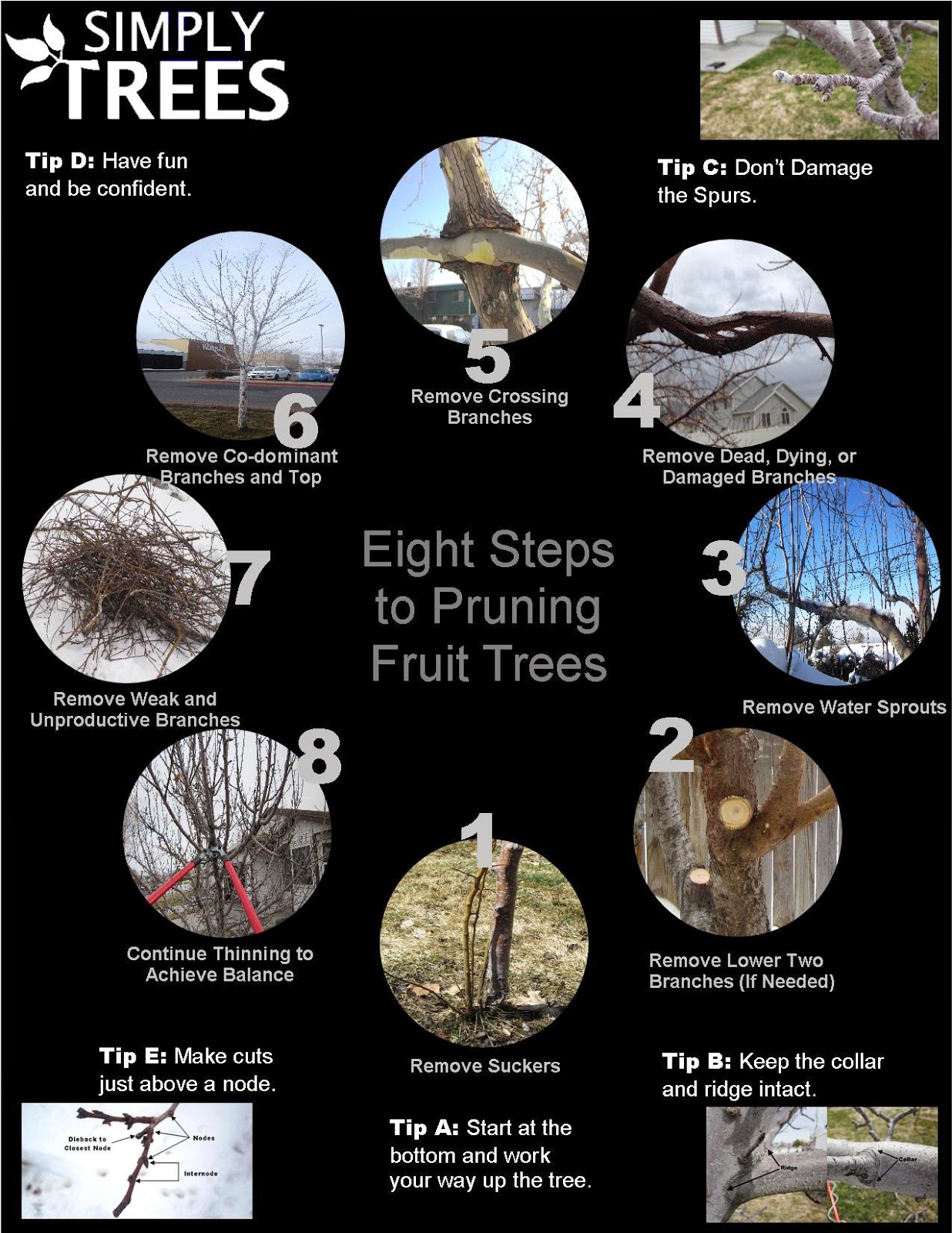Seasonal Tree Treatment: Just How To Take Care Of Trees Before And After Removal
Seasonal Tree Treatment: Just How To Take Care Of Trees Before And After Removal
Blog Article
Team Writer-
When it comes to seasonal tree treatment, ensuring correct management prior to and after removal can significantly affect the health and wellness and visual appeals of your landscape. By recognizing the required steps associated with evaluating tree health and planning for elimination, you can proactively safeguard your residential property. However what about the critical techniques to comply with as soon as the tree is gone? Stay tuned to find the vital post-removal treatment actions that will certainly help you cultivate a growing and lasting setting for your trees.
Pre-Removal Tree Care
Prior to dealing with the elimination of a tree, it's critical to prioritize pre-removal tree treatment. Begin by analyzing the tree's health and structural stability. Try to find indications of condition, pest invasions, or any structural issues that might posture a safety hazard throughout elimination. It's essential to speak with a qualified arborist to determine the best strategy.
Trimming dead or infected branches can stop more damages to the tree and make sure a smoother removal procedure.
In addition, consider the environmental impact of getting rid of the tree. Trees play a vital role in our ecological community, so growing a brand-new tree in an appropriate place can help counter any loss. Guarantee that you have the essential permits and authorizations for tree elimination, specifically if the tree is shielded by regional guidelines.
Seasonal Upkeep Tips
Examining your tree's needs throughout the year is necessary for its health and durability. To keep your trees in top condition, comply with these seasonal maintenance tips.
In spring, focus on trimming to get rid of dead or damaged branches and motivate new development.
https://www.thehawkeye.com/story/lifestyle/2020/09/14/52-faces-rick-huff-finds-steampunk-retirement/5759542002/ calls for normal watering, particularly during dry spells, to ensure your tree stays hydrated.
As autumn methods, watch out for very early signs of disease or stress, and think about applying compost to safeguard the roots during wintertime.
In wintertime, be cautious when removing snow from branches to avoid damage, and remain to monitor your tree's overall health and wellness.
Remember to readjust your treatment routine based upon the specific requirements of your tree species and local environment. By remaining alert and positive throughout the periods, you can aid your trees prosper and grow for several years ahead.
Post-Removal Tree Treatment
To make sure the health and wellness of your landscape even after tree removal, correct post-removal care is essential. After a tree is removed, it's vital to fill the staying hole with topsoil and compact it to prevent settling. This will certainly help preserve the integrity of the ground and protect against potential hazards in the future.
Consider growing brand-new plant life in place of the gotten rid of tree to restore the equilibrium and looks of your landscape. Regularly https://dallasvrkey.tusblogos.com/30308728/concerned-regarding-the-risks-of-not-attending-to-tree-particles-discover-how-timely-removal-can-protect-your-home-and-increase-its-aesthetic-charm to advertise the development of new plants and avoid soil erosion.
Evaluate the bordering trees for any type of indications of disease or stress that may have been caused by the eliminated tree. Keep an eye out for insects that could've been brought in to the previous tree and take preventive measures to protect the remaining greenery.
If necessary, talk to a professional arborist to examine the influence of the removal on the surrounding trees and determine any kind of additional treatment required. By adhering to these post-removal care steps, you can make sure the ongoing wellness and elegance of your landscape.
Verdict
To conclude, proactive seasonal tree treatment is crucial for keeping the health and equilibrium of your landscape. By assessing tree wellness, trimming, and speaking with an arborist before removal, you can ensure a risk-free process. After elimination, filling up the hole, growing brand-new vegetation, and regular watering will advertise new growth and avoid disintegration. Bear in mind to check bordering trees for disease and seek additional care steps from an arborist to maintain your landscape thriving.
